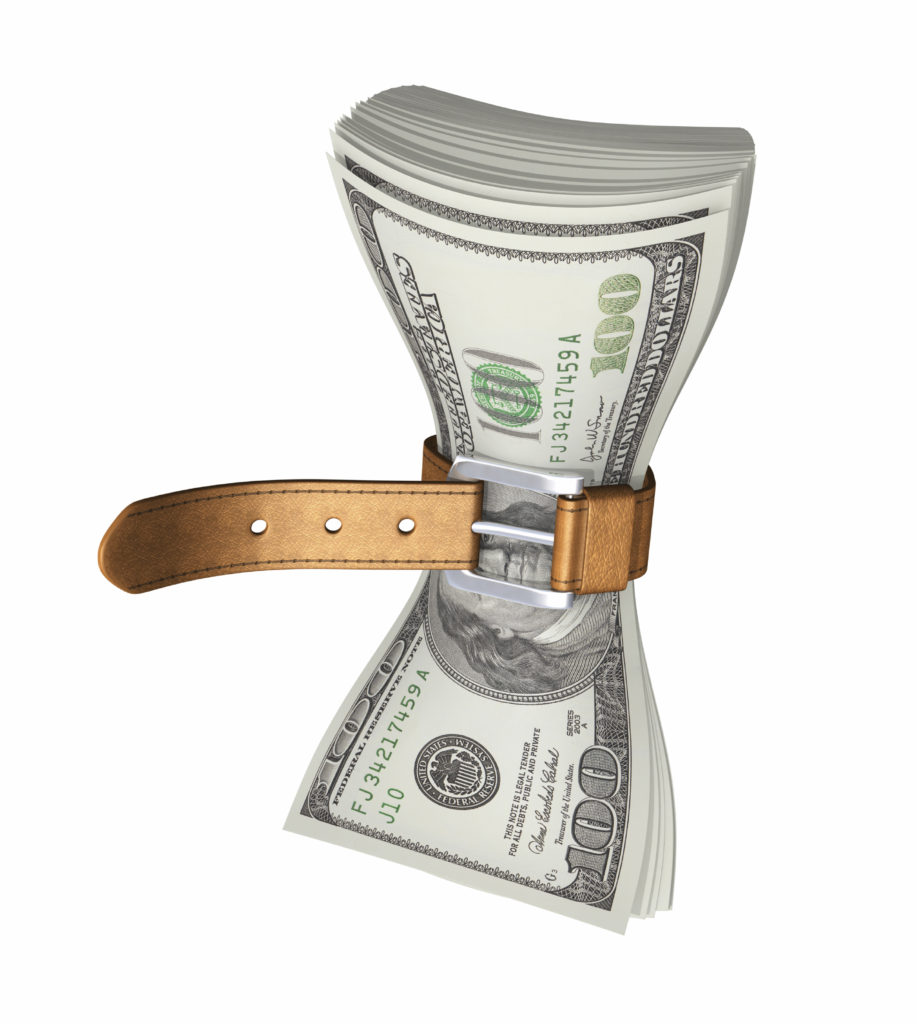Website builders are not only for businesses and bloggers but also for individuals looking to create a personal portfolio or hobby site. With various options to suit different needs and budgets, find the perfect platform in this detailed site builder comparison and start your online journey today!
Mining is a business. Just like any other business, a mining project’s primary long-term goal is to maximize profit. You take some initial investment, purchase capital, spend big on operating costs, and plan carefully so that your total revenue is higher than your total costs. This is simple business.
In today’s markets, however, simple business isn’t enough.
Traditional schedule optimization focuses on maximizing total profit (or sometimes only revenue) over the duration of the schedule. Unfortunately, this often results in a poor short-term schedule, or one that includes high, potentially risky costs. While these schedules are producing optimal profits, they may not produce acceptable cash flow for the business.
So it’s not surprising that one of the most common questions I’ve heard over the last year or two is “How do I control my cash flow?” As is often the case, it’s just a matter of modelling the problem correctly.
Modelling cash flow
If you’re lucky, your scheduling software might include the ability to constrain its existing financial model. While this would simplify things, constrained financials isn’t usually a supported feature.
If you use scheduling software without built-in support for constraining cash flow, the simplest option is to treat money as a product.
If a product is quantity, then revenues are positive quantities, costs are negative quantities, and the summation of the two represents profit (either positive or negative). It really doesn’t matter that normal products are tonnes whereas financial products are dollars.
When you model in this manner, you are able to constrain these cash flow products as you would constrain any normal quantity-based product.
What to constrain?
Once you have your financials modelled, you can constrain various aspects, each having a different effect on the result. Different software and different modelling techniques will enable a range of different constraint types. By selecting the correct constraint type (or combination of types), you will be able to control your finances without overly impacting the optimization of your overall profit.
Focus on costs
The most intuitive option for controlling cash flow is to limit costs such as:
- Maximum costs per period If you know your available cash reserves, this is the most obvious place to start. It is, however, likely to heavily reduce the overall profit margin of your schedule.
- Maximum specific costs per period By focusing on specific, but large costs (such as trucking, milling, or capex), you can make your cash flow more manageable without as significantly impacting other areas.
- Maximum total costs for the duration of the project Limiting the total costs across all periods can be a simple way to allow costs to vary per-period while still restricting overall spending.
Maintain healthy cash flow
Directly constraining costs is straightforward, but it doesn’t take into account the effect of revenue. Typically, available cash reserves are replenished by revenue during the project. You’re therefore better off considering other aspects, such as revenue, rather than just costs in order to ensure a healthy cash flow. For example, you can:
- Require minimum revenue per period Setting a minimum revenue requirement ensures that your periods aren’t simply about spending, but doesn’t restrict costs themselves. This can be useful to avoid periods focussed entirely on waste mining without having to constrain the specifics of how revenue could be generated.
- Require a positive profit per period If you specify that each period’s profit must be positive (or at least zero), you will ensure that costs never outweigh revenue. This should result in a healthy cash flow without restricting the optimizer from finding beneficial, but balanced costs.
Pay off initial debt
A mining project requires significant initial investment. Typically, this investment must be paid back well before the end of mine life. If this is your case, you need to consider how to constrain your cash flow to ensure payback can occur. You can use the following methods to control your debt:
- Require a profit that will pay off initial investment debt By requiring a minimum profit for the first few periods, you can direct excess cash flow to repayment of the initial investment.
- Constrain the breakeven point of the project By defining a cumulative constraint on profit at a given period, you can ensure that initial investment debt is repayable without restricting the software from finding optimal solutions that incur early costs.
Considerations
It is important that you stop and consider the implications of restricting your schedule’s cash flow. Every new constraint added to your model adds more detail to your schedule, but it will never increase the overall profit.
Without that additional constraint, the optimizer gave the best solution. By adding a constraint that invalidate that optimal solution, a new solution must be found, but we know no other solution is better. While it is possible that the optimizer will find a new solution with the same value, it is much more likely that the new optimal solution will have a lesser value.
It is therefore critical that you consider each and every constraint that you add to your cash flow. Ask yourself some simple questions:
- Do I need to restrict cash flow to solve my problem? If your problem isn’t directly related to cash flow, you should be constraining or changing something else. If you are over-constraining, you will miss the true optimal solution.
- Am I constraining the right thing? Don’t just constrain away an undesirable symptom if it isn’t the actual issue. Think about what the real restrictions on your project are; model them, and the optimizer will produce the desired result.
- Will the solution be better in some way? Given that the constraint will likely reduce the profit of your schedule, make sure that the benefit of that constraint is worth the lost profit.
Putting it all together
Controlling cash flow is an important and useful part of developing a strategic mine schedule, especially in today’s economic climate. If your software doesn’t directly support this, you can consider money as a product to model and constrain the financials manually.
Consider what you constrain carefully, and consider combining techniques to give just the right amount of control without sacrificing too much profit. With the right modelling and constraints to tighten your cash flow, your schedules will be a benefit to your company’s bottom line.
How do you control the cash flow in your projects? Have I missed something important? Let me know. Would you like to know more about how to model and control cash flow in your projects? Perhaps Minemax can help?




